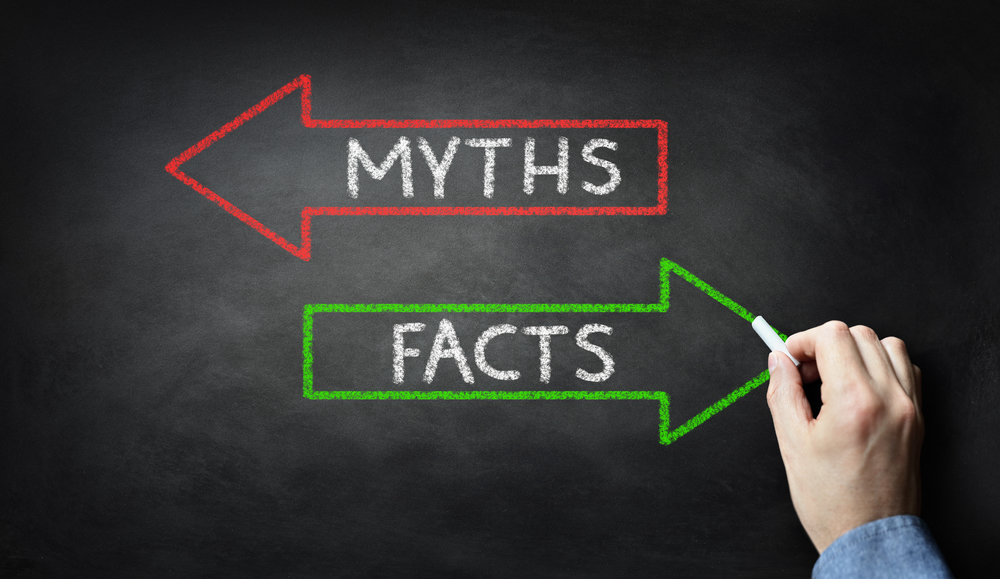Categories
Blog News industryFalse news stories outweigh melting ice caps, rising seas and soaring temperatures on many Americans’ list of threats facing the country, according to a report published today by the Pew Research Center.
More Americans call “made-up news and information” a “very big problem” for the country than identify issues such as climate change, racism and sexism in the same manner, and many believe the news media, not big tech companies or the government, are primarily responsible for reducing its spread.
“Many Americans do say that the creation and spread of made-up news and information is having a significant harm to the nation,” said Jeffrey Gottfried, senior researcher at the Pew Research Center and one of the study’s co-authors. “They perceive it as impacting our democratic systems. They think that steps should be taken to stop it.”
The Pew survey of 6,127 U.S. adults conducted in February and March included a set of questions about attitudes toward “entirely false stories, the stories that have no basis in reality,” Gottfried said. It was not intended to encompass “stories that have a partisan slant or misinterpret true fact.”

Accordingly, Gottfried said the survey’s designers avoided the term “fake news” because of its range of meanings and rhetorical uses. The survey did not ask respondents to define what specific kinds of print and online content they believe fit under the “made-up news and information” umbrella.
When asked who is to blame for the spread of made-up news, respondents singled out political leaders (57%) and activist groups (53%) as creating “a lot of made-up news and information.” While only 36% said journalists are to blame, just over half of those surveyed said the news media bear the greatest responsibility to reduce its spread.
Concern over and blame for fake news shifts along party lines.
While 62% of Republicans surveyed view made-up news as a “very big problem,” only four in 10 Democrats reported feeling the same. The Pew survey found Republicans and right-leaning independents are about three times as likely as Democrats to blame journalists for misinformation.
Gottfried said these results track with previous findings that Republicans express greater skepticism toward the media.
President Donald Trump has repeatedly denounced mainstream news organizations as the “fake news media” and “enemy of the people.”
“We don’t have any data that speaks directly to the impact of the president, his administration or any individual politician has on what people were thinking,” Gottfried said.
Despite these partisan divisions, overall nearly eight in 10 Americans (79%) want steps taken to restrict made-up news and information intended to mislead, according to the study.
Despite these partisan divisions, overall nearly eight in 10 Americans (79%) want steps taken to restrict made-up news and information intended to mislead.
Only 12% put this onus on the government and 9% on tech companies such as Twitter and Facebook, whose platforms have facilitated the spread of fake and misleading content, including a doctored video that circulated in May and appeared to show Speaker of the House Nancy Pelosi slurring her speech.
But when Americans are confronted with the potential tradeoffs of public and private restrictions on false information online, they are less unanimous in their support for regulation.
A Pew study from last year presented respondents with a choice: online restrictions, even if they limit freedom of information or absolute protection for free expression at the cost of enabling the publication of false information. Responding to these potential outcomes, 39% said the U.S. government should restrict misinformation, while 56% favored tech companies doing the same.
Countries across the globe are taking different approaches to regulating misinformation.
In March 2018, the European Commission’s High Level Expert Group on Fake News and Online Disinformation released a 44-page report on strategies for tackling disinformation.
The report’s 39 co-authors advised the commission to “disregard simplistic solutions,” among them direct censorship or “the politically dictated privatization of policing and censorship of what is and is not acceptable forms of expression.”
Governments should instead channel resources to citizens, the authors wrote. (California and Massachusetts have passed bills promoting media literacy in public schools and at least 12 other states are considering similar measures.)
The questions involved in restricting fake content — who should decide to take content down and how — expose tensions between free speech protections, the interests of social media platforms and the goals of policymakers, complicated by mixed academic consensus on the extent and effect of misinformation.
As the debate rages, a majority of Americans surveyed in the Pew study believe the issue of made-up news will get worse.
Despite an overarching desire to stem the tide of fake news content, “very few people are actually telling us that it’s going to get better,” Gottfried said.





